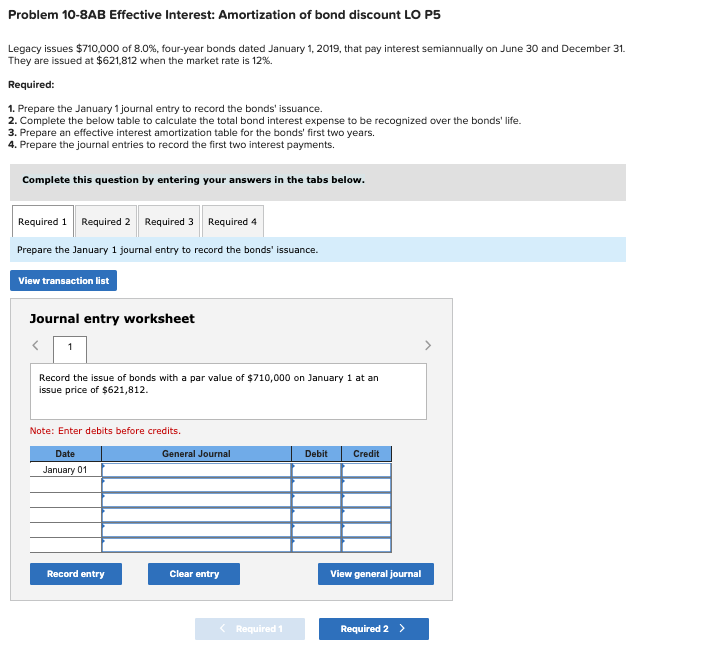Content

Wondering what kind of mortgage rate you could get on a home loan or refinance? Use the « Get Rate Of Return Calculator Free Quote » button at the top to get personalized rate quotes from mortgage lenders.
This is the amount of money that you will get back from your investment. The basic ROI calculation below can be used to estimate the return on investment for a wide range of investments, including stocks, bonds, real estate, and businesses. When we figure rates of return for our calculators, we’re assuming you’ll have an asset allocation that includes some stocks, some bonds and some cash.
What is a good ROI on Airbnb?
End amount – The desired amount at the end of the life of the investment.
What is simple rate of return formula?
Calculate Simple Rate of Return
Take your annual net income and divide it by the initial cost of the investment. In this case, a $37,000 net operating income divided by $200,000 leaves you with a simple rate of return of 18.5 percent.
The most common method is to take the investment gain and subtract the investment cost from it, then divide by the investment cost. Another method is to take the net profit from https://online-accounting.net/ the investment and divide it by the mortgage value. ROI is a metric used to understand how profitable investment is, by identifying past and potential future investment returns.
Rate of Return on Investments
There are any number of ways to gauge investment performance, but one of the most critical is rate of return. This article will show you how to calculate the rate of return on an investment. One of the main concerns for any type of investing is market volatility. Volatility measures the degree to which prices change over time. Another way to think of volatility is in terms of price swings. The greater and more frequently an investment’s price swings, the higher its volatility. Investments with high volatility have a high degree of risk because their prices are unstable.
The payback period refers to the amount of time it takes to recover the cost of an investment or how long it takes for an investor to hit breakeven. With this information, one could compare the investment in Slice Pizza with any other projects. Suppose Jo also invested $2,000 in Big-Sale Stores Inc. in 2014 and sold the shares for a total of $2,800 in 2017. The ROI on Jo’s holdings in Big-Sale would be $800/$2,000, or 40%. The calculation itself is not too complicated, and it is relatively easy to interpret for its wide range of applications. If an investment’s ROI is net positive, it is probably worthwhile.
Prosper with Purposesup®/sup
In finance, a return is a profit on an investment measured either in absolute terms or as a percentage of the amount invested. Since the size and the length of investments can differ drastically, it is useful to measure it in a percentage form and to compute for a standard length when comparing. When the time length is a year, which is the typical case, it refers to the annual rate of return or annualized return. If the investment performance is measured as return per dollar invested, we call it the return on investment .
- S&P 500 Index Return – The total price return of the S&P 500 Index.
- A capital gain or loss is the difference between the amount you pay for an investment and the amount you sell it for.
- The value of your calculated field is shown in the graph’s title and will appear once you hit the blue « calculate » button.
- Rate of return is the measure of an investment’s performance over a period of time, expressed as a percentage of its initial cost.
- Learn more about an investment professional’s background registration status, and more.
Some people have their investments automatically deducted from their income. Depending on your pay schedule, that could mean monthly or biweekly contributions . A lot of us, though, only manage to contribute to our investments once a year. Return on investment allows you to measure how much money you can make on a financial investment like a stock, mutual fund, index fund or ETF. When we would like to account for the time length and effect of reinvested return, in particular the compounding frequency, things become tricky. If the rate takes a negative form, we have a negative return, representing a loss on the investment, assuming the amount invested is greater than zero.
